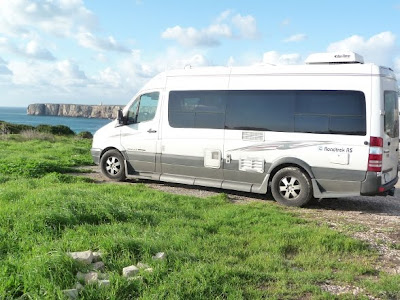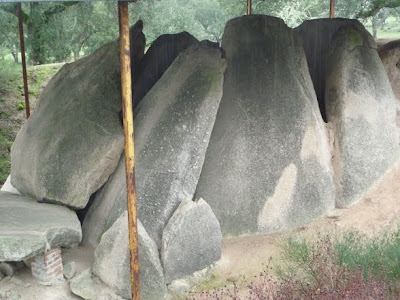 |
On the Avenue El Cid; sure enough, looks just like Charleton Heston |
 |
On the Avenue Constitucion (or close) is a humongous, stately building that used to be a cigar factory, employing some 10,000 persons...where Carmen worked... (Nietzsche's favorite opera) |
 |
The convent bakery outlet, where we purchased some fine muffins |
 |
Don Juan; interesting that the city's two most famous personages are fictional...and the subjects of opera... |
 |
The old town is a city of plazas and patios, this one beautiful and relatively typical |
 |
Where Murillo lived |
 |
The Bodega de San Something or Otre; very popular despite smallish drinks |
 |
The bar where, for 2 euros, I had a beer and a plate of very decent paella marisco; the bartender was a big Obama fan (as are nearly all foreigners) |
 |
The main landmark, the Giralda, the now Christianized Moorish minaret, outside the cathedral |
 |
River front |
 |
In 1929, Seville hosted a world fair; many of the national pavillions remain, now restaurants, museums, galleries; this one Peru |
 |
Of course, once you get out of the old city, it's apartment- world, and supporting infrastructure, mile after mile, sort of a mini-China |
We spent a beautiful long day in Seville, seeing mostly the cathedral, the Alacazar, and the Barrio Santa Cruz. Above are some shots along the way. Someone once wrote that other cities have ambience, but Seville is ambiance. On a Saturday afternoon, you could sense the ease, the ambience, the grace, all around. But then you can sense it all over Spain.
Did I mention the oranges? There will be pix, I am sure, but we are here in high ripe orange season. Imagine a fairly green city, the old town, where every tree--thousands of them, in squares, tree-lined avenues, boulevards--is an orange tree and every one of them is straining to hold on to hundreds of plump ripe oranges. It is an incredible sight. Alas, the oranges are not for eating...very bitter, used mostly for vitamins and perfumes. But it is something to behold. Our campsite, out in the burb of Dos Hermanos, is in what was an orange grove.
















































